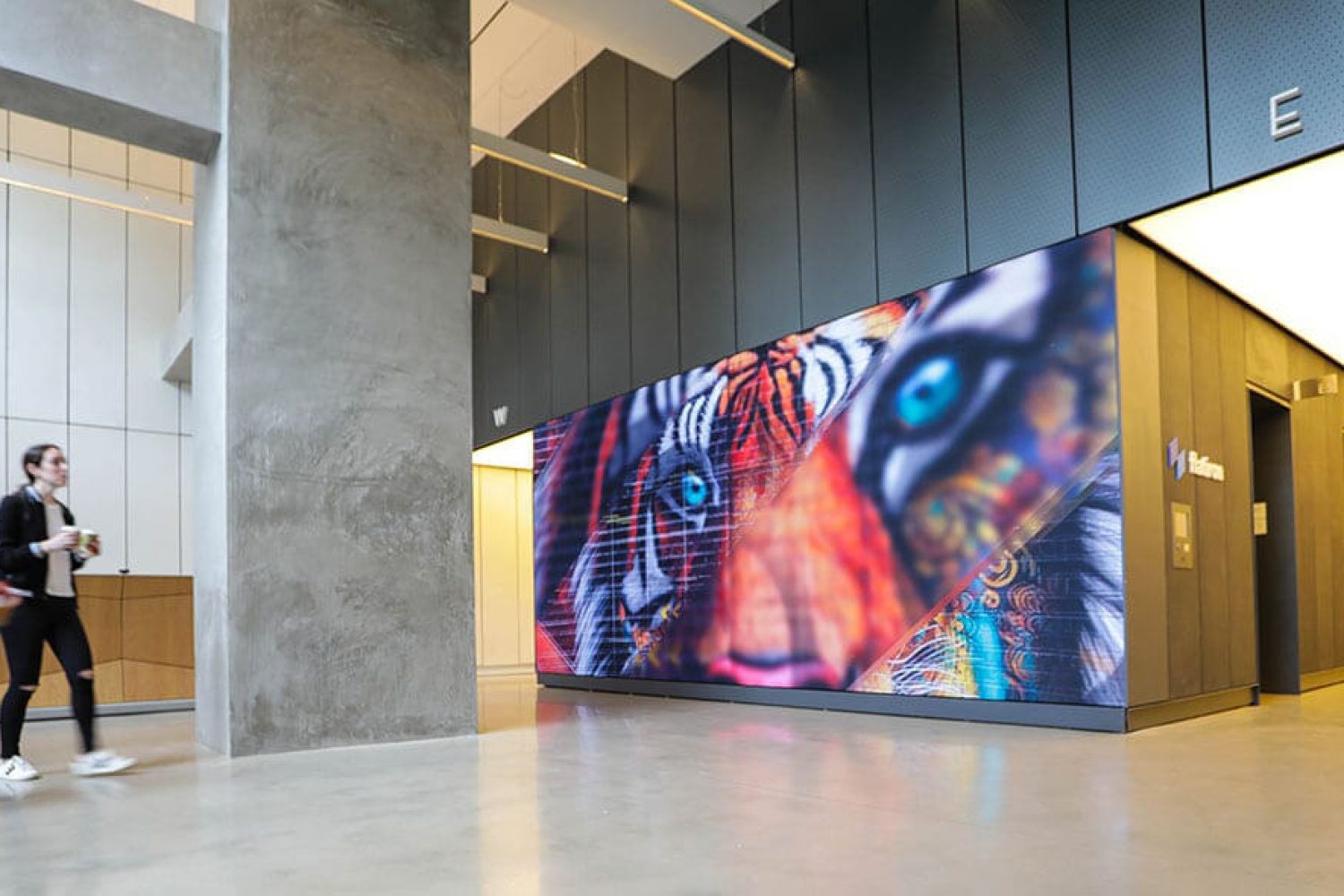Exploring the Longevity of LED Display Screens in Comparison to Conventional Screen Technologies
Exploring the Longevity of LED Display Screens in Comparison to Conventional Screen Technologies
Blog Article
LED wall panels have become increasingly favored in recent times, especially in environments like educational institutions, businesses, and community areas. These panels use LED diodes (LEDs) to produce vivid and vibrant visuals. One of the most significant benefits of LED innovation is its longevity in contrast to conventional display technologies, such as cathode ray tubes (CRTs) and liquid display displays. Understanding the differences in lifespan and functionality between these options can assist consumers make knowledgeable choices about their screen needs.
Classic screen technologies, like CRTs, have been present for numerous years. They were frequently used in televisions and computer monitors. However, CRTs have a limited lifespan, generally lasting around 10,000 to 20,000 hours of operation. This means that after a few of years, users may notice a decline in picture quality, such as fading or color distortion. In comparison, LED panel panels can last significantly longer, often exceeding 50,000 hrs. This prolonged duration means that consumers can experience consistent functionality without the need for frequent substitutions.
Another important factor to take into account is power conservation. LED wall screens utilize less energy than traditional displays, which not only helps the environment but also reduces power costs. For example, while a CRT monitor may use around 100 watts of power, an LED screen can use as little as 30 to 50 W. This difference in power usage contributes to the overall longevity of LED innovation, as reduced power consumption generates minimal heat. Excessive thermal energy can damage electrical parts, leading to a reduced duration for traditional screens.
In addition to their extended duration and energy efficiency, LED panel screens also provide superior visual quality. They provide more vivid hues and better contrast, making them perfect for multiple uses, from advertising to learning presentations. The innovation behind LED panels enables for a wider viewing perspective, meaning read this that visuals remain clear and lively even when seen from the flank. This is a significant benefit over traditional displays, which frequently suffer from color deformation and diminished luminosity at broader angles.
In conclusion, the durability of LED panel screens in contrast to traditional display technologies is a crucial factor for buyers to take into account. With lifespans that can exceed 50,000 hours, energy conservation, and superior image quality, LED innovation provides many benefits. As technology continues to progress, LED panel panels are likely to turn even more prevalent in various environments. Grasping these distinctions can help individuals and organizations make better choices when investing in screen innovation, ensuring they get the best value for their needs.